Like.
A team of physicists and chemists from the University of Bristol hope to recycle radioactive material directly from a former nuclear power plant in Gloucestershire to generate ultra-long-lasting power sources.
Like.
A team of physicists and chemists from the University of Bristol hope to recycle radioactive material directly from a former nuclear power plant in Gloucestershire to generate ultra-long-lasting power sources.

SpaceX won a NASA contract Feb. 4 to launch a small astrophysics mission, continuing its string of similar agency contracts over the last two years.
WASHINGTON — SpaceX won a NASA contract Feb. 4 to launch a small astrophysics spacecraft, continuing the company’s string of similar agency contracts over the last two years.
NASA awarded a contract to SpaceX for the launch of the Spectro-Photometer for the History of the Universe, Epoch of Reionization, and Ices Explorer (SPHEREx) spacecraft on a Falcon 9 in June 2024. The value of the launch contract is $98.8 million, which includes the launch itself and other “mission-related costs,” the agency said.
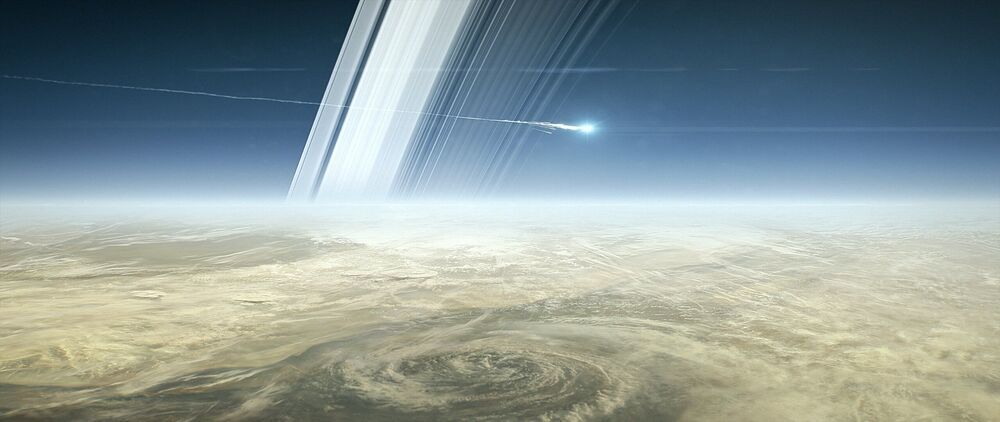
In a new report on Science Advances, Mark Elowitz, and a team of scientists in physical sciences, optical physics, planetary science and radiation research in the U.S., U.K., India, and Taiwan, presented the first analysis of far-ultraviolet reflectance spectra of regions on Rhea’s leading and trailing hemispheres—as collected by the Cassini ultraviolet imaging spectrograph during targeted flybys. In this work, they specifically aimed to explain the unidentified broad absorption feature centered near 184 nanometers of the resulting spectra. Using laboratory measurements of the UV spectroscopy of a set of molecules, Elowitz et al. found a good fit to Rhea’s spectra with both hydrazine monohydrate and several chlorine-containing molecules. They showed hydrazine monohydrate to be the most plausible candidate to explain the absorption feature at 184 nm.
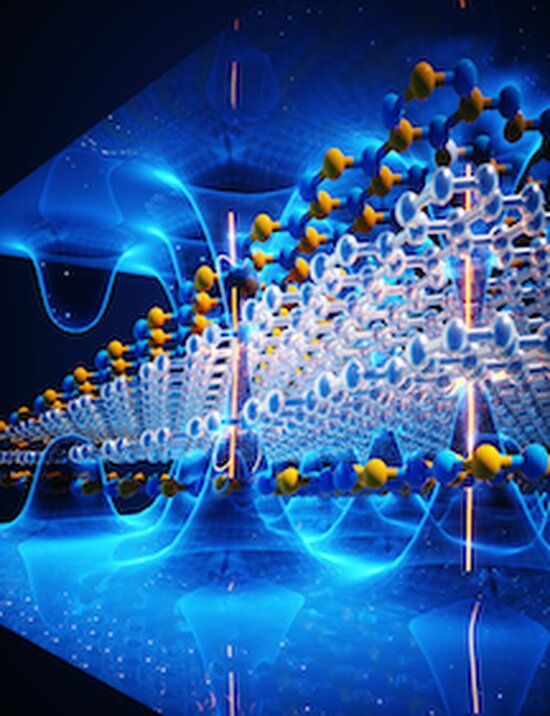
MIT researchers and colleagues have discovered an important—and unexpected—electronic property of graphene, a material discovered only about 17 years ago that continues to surprise scientists with its interesting physics. The work, which involves structures composed of atomically thin layers of materials that are also biocompatible, could usher in new, faster information-processing paradigms. One potential application is in neuromorphic computing, which aims to replicate the neuronal cells in the body responsible for everything from behavior to memories.

Nikolai Kardashev, creator of the civilization ranking scale, outstanding space explorer, specialist in experimental and theoretical astrophysics and radio astronomy, Doctor of Physical and Mathematical Sciences, Director of the Astro Space Center of the Lebedev Physical Institute, died in August 3, 2019. The Russian scientist was 87 years old.
The scientist’s most famous work is the Kardashev Scale — the cosmic civilization ranking system. As part of the Search for Extraterrestrial Intelligence (SETI), he proposed a model of cosmic civilisations and calculated the scale of ranking civilisations
The Kardashev Scale
In 1963, he studied the quasar CTA-102. It was the first contribution of Soviet scientists to SETI, since the radio source CTA-102 was first assumed to be evidence of an extraterrestrial civilization.
In his paper ‘Transmission of Information by Extraterrestrial Civilisations’, published in 1964, Kardashev explored the idea that other galactic civilisations may have existed for billions of years before ours, so they would be far more advanced. He proposed a theoretical scale of technological development of civilisations based on the amount of energy that civilization is able to utilize. According to the theory, there are 3 main types of advanced civilisations:
Type I: Planetary Civilization
A civilisation that can use and store all the energy available on its planet — a small fraction of a star’s energy emissions that reach the surface. In the case of Earth and the Sun that’s about 1016 watts. For now, humanity has not quite reached Type I civilisation status, consuming only about 1012 watts.
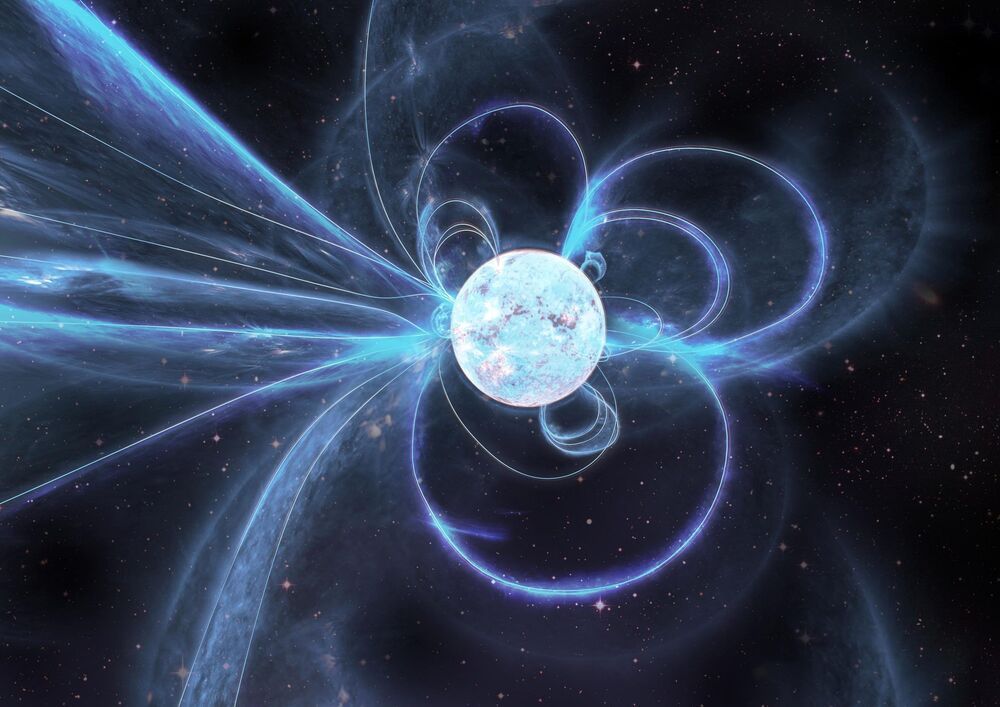
Astronomers from the ARC Centre of Excellence for Gravitational Wave Discovery (OzGrav) and CSIRO have just observed bizarre, never-seen-before behavior from a ‘radio-loud’ magnetar—a rare type of neutron star and one of the strongest magnets in the Universe.
Their new findings, published in the Monthly Notices of the Royal Astronomical Society (MNRAS), suggest magnetars have more complex magnetic fields than previously thought – which may challenge theories of how they are born and evolve over time.
Magnetars are a rare type of rotating neutron star with some of the most powerful magnetic fields in the Universe. Astronomers have detected only thirty of these objects in and around the Milky Way —most of them detected by X-ray telescopes following a high-energy outburst.

Richard Feynman, one of the most respected physicists of the twentieth century, said “What I cannot create, I do not understand.” Not surprisingly, many physicists and mathematicians have observed fundamental biological processes with the aim of precisely identifying the minimum ingredients that could generate them. One such example are the patterns of nature observed by Alan Turing. The brilliant English mathematician demonstrated in 1952 that it was possible to explain how a completely homogeneous tissue could be used to create a complex embryo, and he did so using one of the simplest, most elegant mathematical models ever written. One of the results of such models is that the symmetry shown by a cell or a tissue can break under a set of conditions.

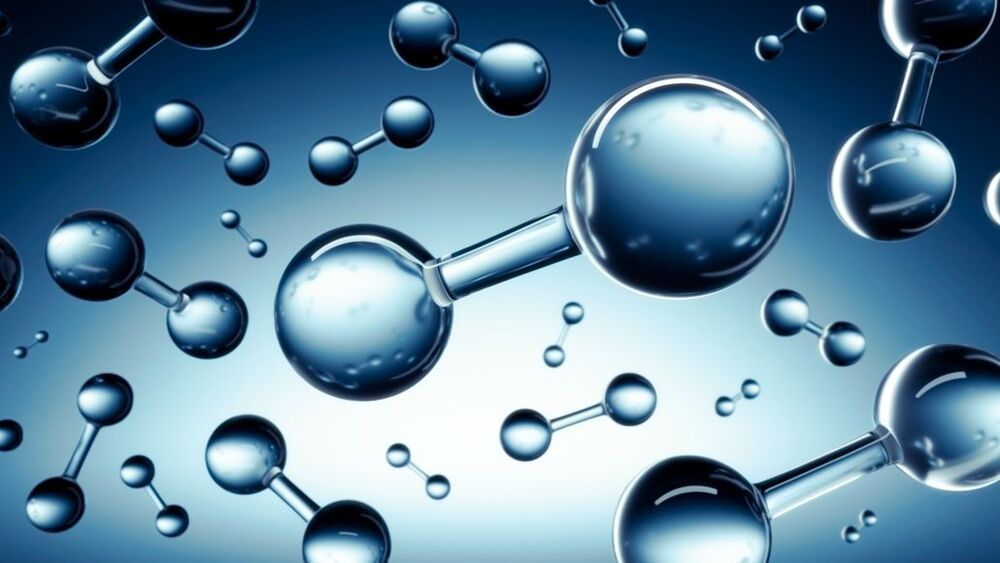
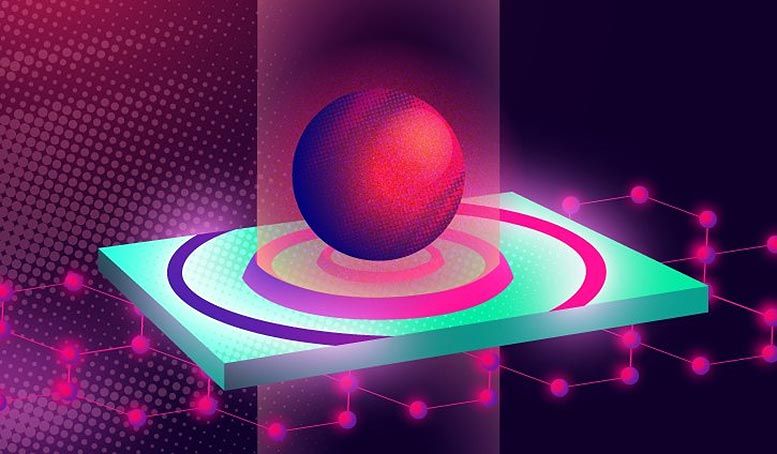
Dotty graphene and doping: Whatever it takes for Russia’s record plasmonics to shine.
Physicists from MIPT and Vladimir State University, Russia, have achieved a nearly 90% efficiency converting light energy into surface waves on graphene. They relied on a laser-like energy conversion scheme and collective resonances. The paper came out in Laser & Photonics Reviews.
Manipulating light at the nanoscale is a task crucial for being able to create ultracompact devices for optical energy conversion and storage. To localize light on such a small scale, researchers convert optical radiation into so-called surface plasmon-polaritons. These SPPs are oscillations propagating along the interface between two materials with drastically different refractive indices — specifically, a metal and a dielectric or air. Depending on the materials chosen, the degree of surface wave localization varies. It is the strongest for light localized on a material only one atomic layer thick, because such 2D materials have high refractive indices.